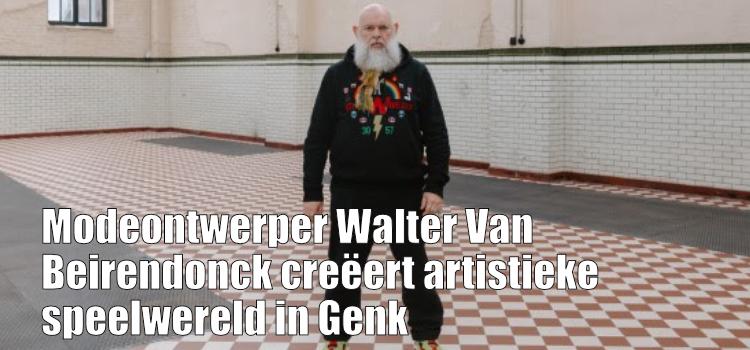Spaanse kortfilm Pietra wint Holebikort filmwedstrijd
Afgelopen vrijdagavond is het jaarlijkse Holebifilmfestival officieel van start gegaan met de Holebikort-wedstrijd. Die werd gewonnen door de kortfilm Pietra van Cynthia Levitan.
Dit jaar waren er 67 inzendingen uit 23 landen voor de kortfilmwedstrijd Holebikort. Uit deze inzendingen selecteerde een jury, onder leiding van voorzitter en regisseur Anthony Pieck, vier genomineerde kortfilms. Deze werden vertoond tijdens de openingsavond, waarna het aanwezige publiek besliste wie de winnaar werd. Juryvoorzitter Anthony Pieck maakte de winnaar bekend tijdens een feestelijke avond vol film, ontmoeting en inspiratie. “Het was een bijzonder spannend jaar, met vier sterke finalisten die elk op hun manier verhalen van diversiteit en identiteit in beeld brachten,” aldus Pieck.
Tussen de genomineerden zaten My Endless Eclipse (Regisseur Bijan Aarabi - Iran),Pietra (Regisseur Cynthia Levitan - Spanje), Just Kim (Regisseur - Janvier Prieto De Paula, Diego Herrero -Spanje) en Robespierre (Regisseur - Pierre Menahem - Frankrijk). Het publiek koos uiteindelijk voor de Spaanse inzending van regisseur Cynthia Levitan. Zij ontvangt een cheque ter waarde van 2.000 euro. In Pietra wordt een fotograaf gevolgd die zich niet goed voelt in zijn eigen lichaam. Elke dag transformeert hij, zodra hij thuiskomt, op muziek in Pietra. Maar wanneer zijn onderbuurvrouw op een dag komt klagen over het lawaai, verwacht ze niet dat de deur wordt geopend door een vrouw die sprekend lijkt op haar bovenbuurman.
Daarnaast werd er dit jaar opnieuw een thema-award uitgereikt. Deze bekroont een kortfilm die het jaarthema “Samen Zorgzaam” op bijzondere wijze in beeld brengt. De Thema Award 2025, ter waarde van 500 euro, ging naar de kortfilm The Ellipsis Figure van Saeed Heshmati. De film maakt indruk door zijn subtiele spel met verwachtingspatronen en het beeld van “de persoon die er niet staat” – een poëtische verkenning van aanvaarding en wederzijds begrip.
Lees meer




















